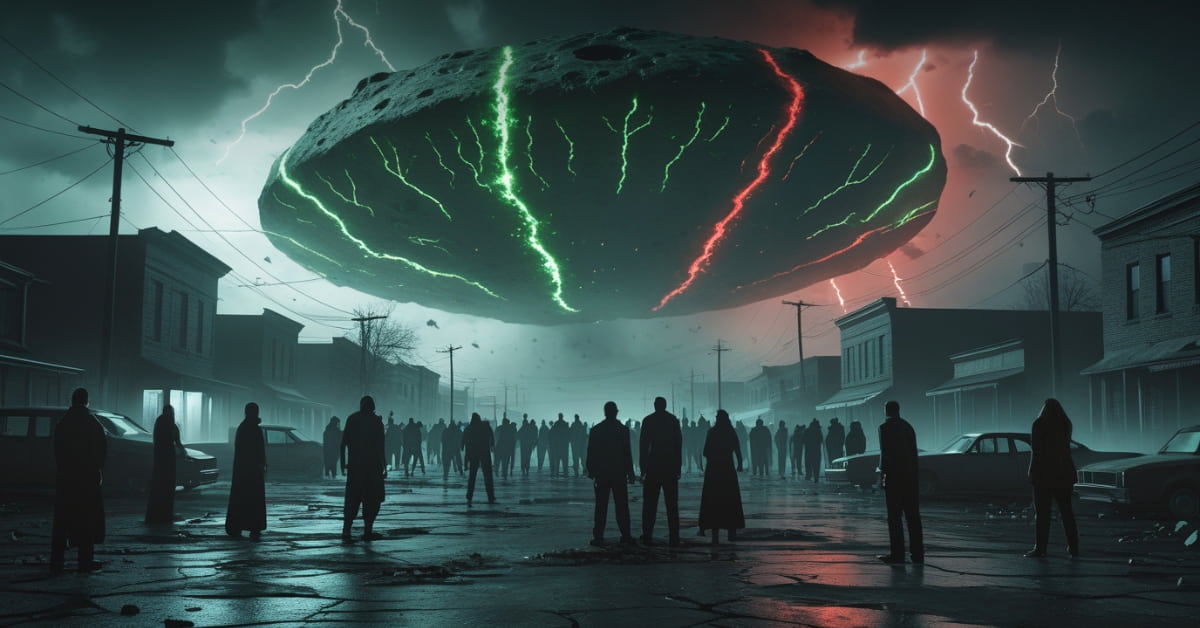Giraffe

Giraffe vs Lightning a Shocking Truth
Giraffe and Lightning: Revealing the Staggering Truth About Their Shocking Relationship in the Aggregate of Creatures! Lightning is perhaps of nature’s most striking and sporadic power, ensuring lives and causing destruction in just seconds. While huge quantities of us accomplice lightning hits with tall trees or open fields, did you have in any event some thought that Giraffa face a significantly higher bet of being struck by lightning than individuals? It could sound amazing, be that as it may, we ought to bounce into the nuances of this shocking (jest anticipated) estimation.
Giraffe The Tallest Targets in the Animal Kingdom
Giraffes, known for their rising above level that can show up at up to 18 feet, are glorious creatures that standard the African savannas. However, this very feature that makes them so electrifying in like manner places them in a tough spot about whirlwinds. Like a tree staying alone in a field, a Giraffa level makes it a trademark lightning bar, attracting strikes more really than the more restricted animals around them — or individuals, undoubtedly.
Giraffe vs People The Numbers Game
From 1996 to 2010, lightning struck and killed five certified events of giraffes. Right when we consider that the Giraffa people during this period were around 140,000, it works out to generally 0.003 lightning passings per thousand giraffes consistently.
As of now, could we balance this with individuals? The loss rate for individuals as a result of lightning strikes is a ton lower. Exactly when you consider it, giraffes are on numerous occasions, struck and killed by lightning than individuals. This is an astounding figure that features the original risks faced by these sensitive beasts.
Why So High?
Several factors contribute to this increased risk:
- Level: Giraffa’s remarkable level makes them the tallest point in a space, particularly on the level savannas where they meander. This transcending height makes them bound to draw in lightning during storms since lightning regularly strikes the most elevated objects.
- Territory: Giraffas regularly occupy open regions with few trees or other tall items. Their presence in such uncovered conditions further builds their weakness to lightning strikes, as there is much of the time practically nothing to redirect or retain the electrical release before it contacts them.
- Conduct: Dissimilar to numerous creatures or people, Giraffa don’t instinctually look for cover during storms. At the point when terrible weather conditions draw near, they might keep touching or meandering, ignorant about the expanded risk of their level stances. This absence of defensive conduct makes them particularly helpless in lightning-inclined regions.
- Body Construction: The long neck and appendages of the Giraffa make a bigger surface region for lightning to strike. Furthermore, their long legs might permit electrical flows to go through their bodies all the more effectively, prompting serious injury or passing.
- Absence of Regular Havens: In some giraffe environments, normal safe houses, for example, huge trees or rough outcrops are scant. This absence of cover allows them to remain uncovered to the overwhelming power of the tempest, expanding their general gamble.
- Social Way of behaving: Giraffes are in many cases tracked down in gatherings, and when they stand near one another during a tempest, the gamble of a lightning strike influencing different people increases. A strike that hits one giraffe might make electrical flows travel through the ground, hurting close by people.
A Rare But Real Threat
While the data proposes giraffes are at a basically higher bet, observing that recorded occasions of lightning strikes on giraffes are still commonly intriguing is fundamental. The amount of insisted fatalities could seem, by all accounts, to be close to nothing, be that as it may, given the overall giraffe people, it includes an extraordinary shortcoming.
The Takeaway
The way that giraffes are bound to be struck by lightning than people is both captivating and astonishing. It features the sensitive connection between nature and the creatures that occupy it. For giraffes, their extraordinary level is both a gift and a gamble, particularly during tempests.
By and large, other transcending animals like the monstrous sauropod dinosaurs probably confronted comparative risks. Their colossal size, similar to the giraffes today, would have made them ideal objectives for lightning strikes. Considerably more modest creatures, similar to the echidna, face their natural difficulties, looking for cover when compromised.
Understanding the dangers these striking animals face, from giraffes today to the dinosaurs of the past, helps us to remember the delicate equilibrium in nature. At the point when you respect a giraffe’s tall, exquisite neck, recall: even in their lofty position, they face perils not many of us at any point contemplate.





